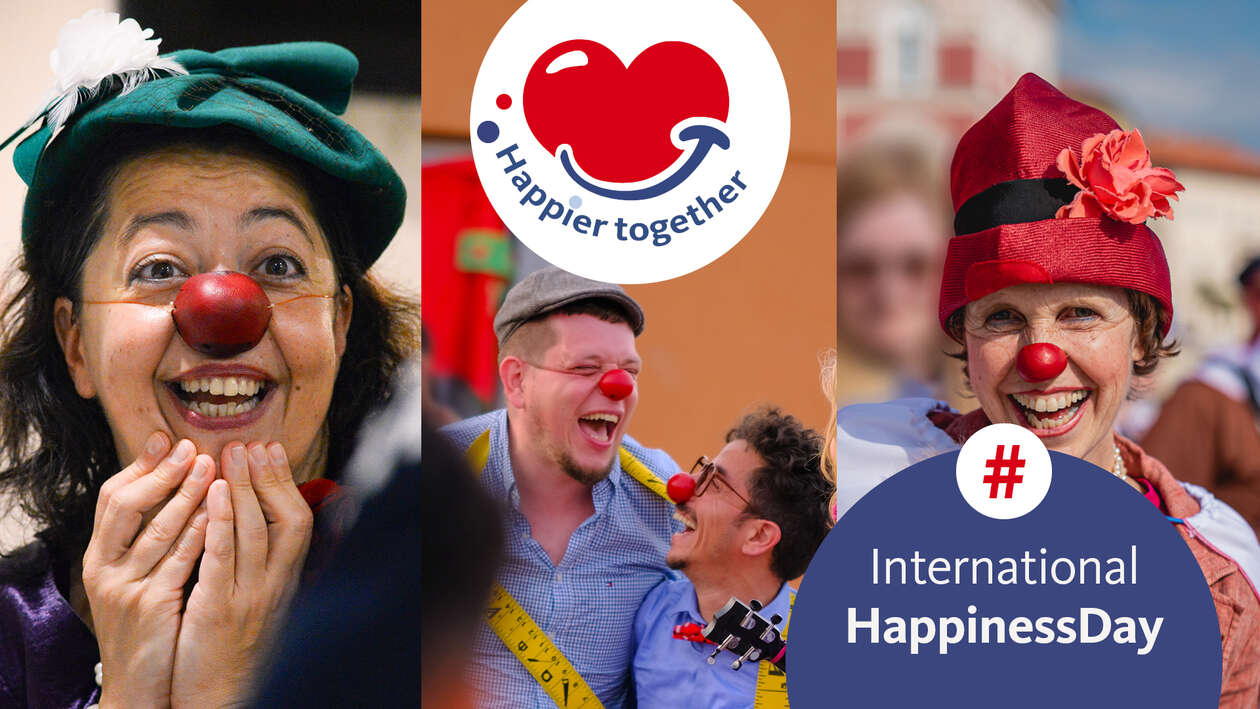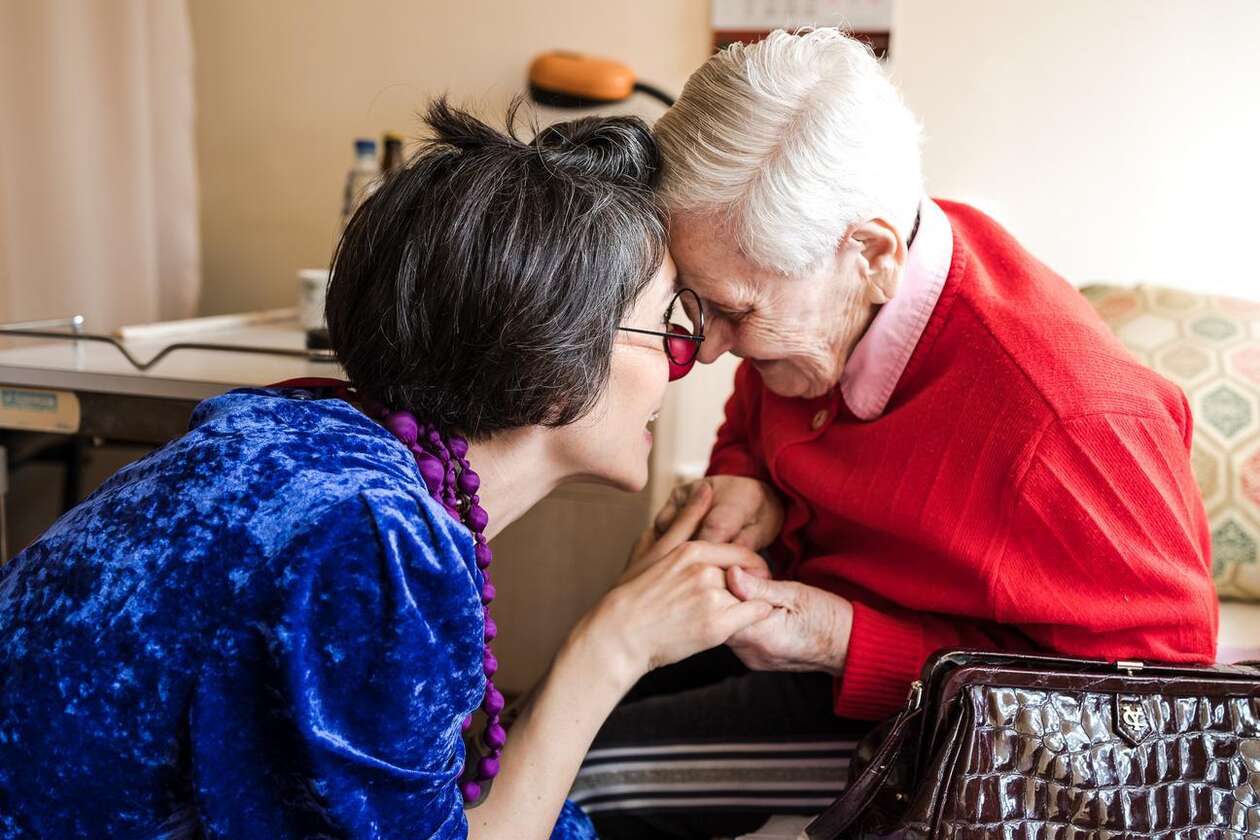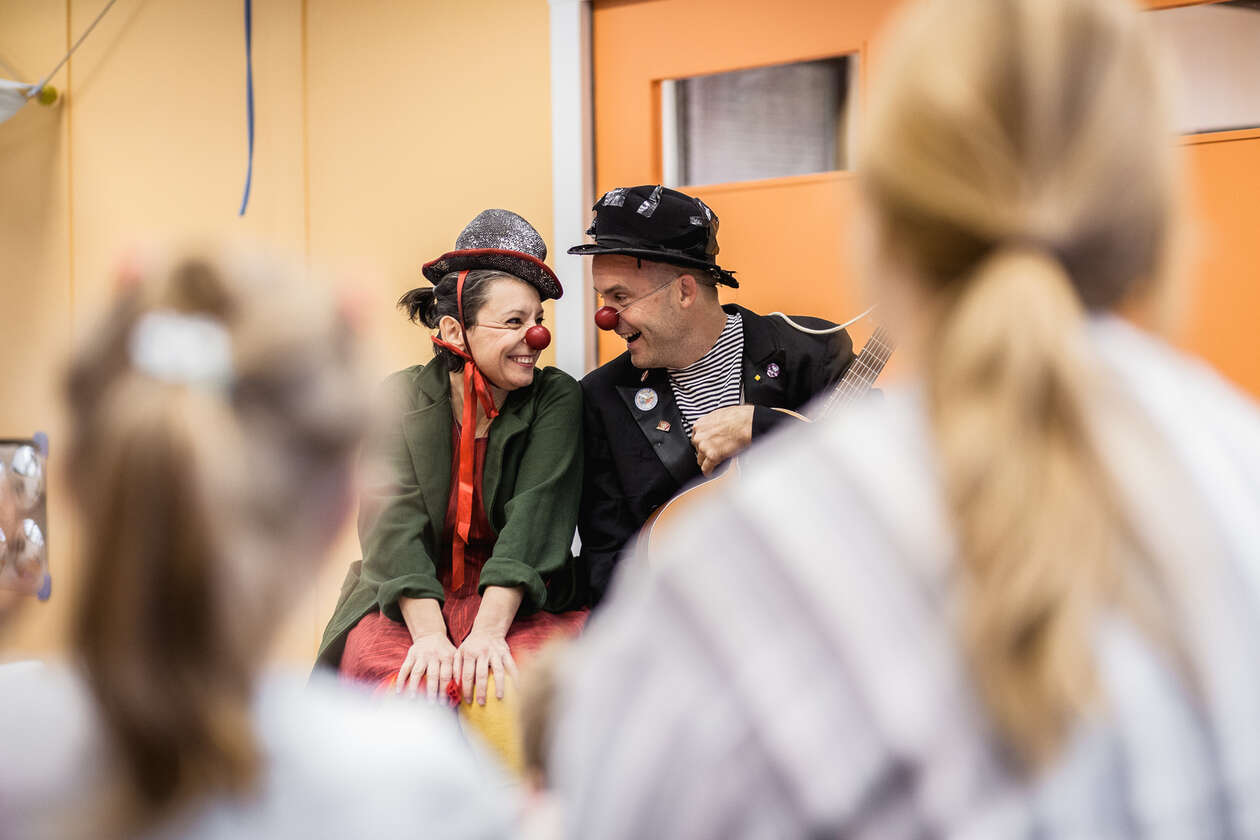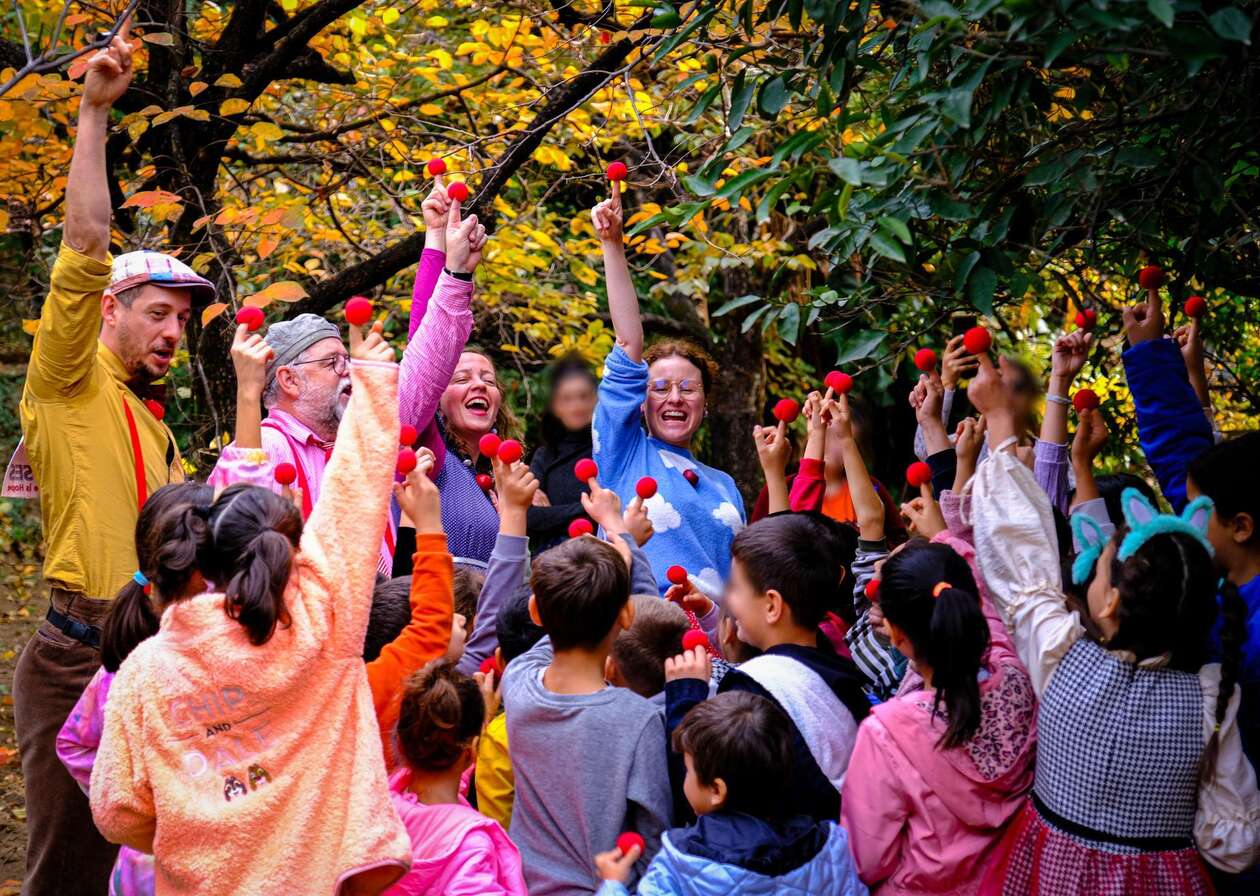The power of togetherness: a path to happiness and wellbeing
In a world that often feels divided and overwhelmed by challenges, the pursuit of happiness remains a universal goal. Yet, true happiness doesn't stem from individual accomplishments or material possessions—it’s rooted in the connections we share with others. As we mark International Happiness Day, it’s important to recognise that at the core of lasting wellbeing lies the simple, yet profound idea that we are happier and healthier when we are together.
The science of connection
Human beings are inherently social creatures. Studies have shown that social connections are one of the most significant predictors of happiness and longevity. From family bonds to friendships, and even casual interactions, the quality of our relationships plays a pivotal role in our mental and physical health.
In fact, research from the Harvard Study of Adult Development, which has tracked the lives of individuals for over 80 years, found that people who have strong relationships are happier, healthier, and live longer than those who are isolated. Relationships don’t just provide emotional support—they also help reduce stress, lower the risk of chronic diseases, and enhance the immune system.
In short, happiness is often a shared experience. When we feel connected to others, we feel seen, understood, and valued—which directly impacts our mental and emotional wellbeing. This interconnectedness is vital to navigating the complexities of modern life and finding joy in both the small moments and big milestones.
 Enlarge photo
Enlarge photo
The healing power of laughter
One remarkable way to nurture these connections and promote wellbeing is through laughter—a universal language that transcends cultural and linguistic boundaries. Research shows that laughter not only fosters social bonding, but it also has profound physical and psychological benefits. It reduces stress hormones, boosts mood, increases pain tolerance, and enhances immune function. Simply put, laughter is one of the most effective and accessible tools we have for improving our wellbeing.
This is where the art of healthcare clowning plays a vital role. Healthcare clowns use humour and playfulness to bring joy to individuals, particularly those in hospitals or care settings. Their work goes beyond entertainment; it’s a therapeutic practice that promotes emotional healing, relieves stress, and creates moments of joy in environments often filled with uncertainty and fear.
 Enlarge photo
Enlarge photo
Healthcare clowning: a catalyst for connection
Healthcare clowning has been shown to significantly impact the wellbeing of patients, especially those in pediatric or palliative care. The presence of a clown artist in healthcare settings can offer great emotional relief. Professional clown artists understand the therapeutic value of laughter and use it to create moments of connection that make patients feel less isolated in their struggles.
For children facing illness, a healthcare clown’s playful antics can make the hospital environment feel less intimidating, transforming medical procedures into opportunities for shared laughter and joy. For older citizens or those in palliative care, the act of clowning can provide emotional comfort, reduce feelings of anxiety, and improve the quality of life during difficult times. For people in crisis settings, such as displacement camps or conflict zones, healthcare clowns offer moments of relief and human connection, helping to restore a sense of hope and normalcy in challenging circumstances.
Beyond the primary audience itself, healthcare clowning has a ripple effect on healthcare workers, too. Laughter becomes a tool for building community and maintaining wellbeing in a profession that often faces emotional and physical exhaustion.
 Enlarge photo
Enlarge photo
Togetherness in action
The impact of healthcare clowning underscores a larger truth: that happiness and wellbeing are deeply intertwined with our ability to connect with others, especially in the most challenging moments. In today’s fast-paced world, we must make a conscious effort to nurture our relationships, cultivate joy, and seek out opportunities to connect with others. Whether through acts of kindness, simple conversations, or the therapeutic power of laughter, these moments of togetherness can make a profound difference in our overall wellbeing.
 Enlarge photo
Enlarge photo
A global movement of joy
As we celebrate the International Happiness Day, we must remember that happiness is not a fleeting feeling or an individual achievement, but a collective experience. When we come together, we create spaces of healing, growth, and joy—not only for ourselves but for those around us. And through initiatives like healthcare clowning with RED NOSES International we can continue to make a real impact on the lives of others, one smile at a time.
True happiness, after all, is found in the connections we build and the joy we share.
